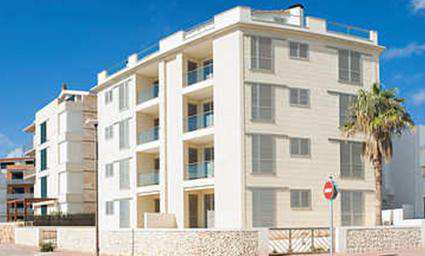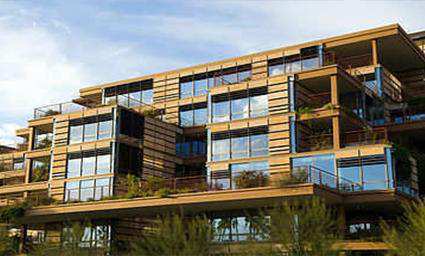
The severity and extent of a pest infestation is not easily estimated by people who are not trained in this field. Consequently, their efforts to eradicate a problem are wasted in the treatment of symptoms while the real cause is ignored. The tendency towards application of ready-to-use formulations without sufficient knowledge on the subject brings incomplete and temporary results.
For more than 50 years, Defon ensures conditions for healthy living. Based upon experience and on the latest knowledge, the company developed an Integrated Pest Management (IPM) system. With it’s implementation, problem areas are identified and in the case of infestation, the causes are recognized and the problem is tackled at its root. The service concludes with a consultation for the residents upon ways of altering the conditions that can allow an infestation.

The severity and extent of a pest infestation is not easily estimated by people who are not trained in this field. Consequently, their efforts to eradicate a problem are wasted in the treatment of symptoms while the real cause is ignored. The tendency towards application of ready-to-use formulations without sufficient knowledge on the subject brings incomplete and temporary results. Moreover, the uncontrolled use of biocides to control an infestation can lead to dangerous situations that may be more severe and more lasting than the problems that pests could cause by themselves. In parallel, the financial cost of this undertaking, in the long term, is very likely to be greater than that of a professional application for the treatment of these organisms.
Reasons to control pest infestations
Some of the most important reasons to control pest infestations in residencies include:
- Protecting the health of any person there that could be at risk in a pest-infested environment, by:
- Preventing direct transmission of diseases from pests to humans, e.g.
- malaria caused by protozoa of the genus Plasmodium, transmitted via mosquito bites
- murine typhus caused by Rickettsia typhi bacterium, transmitted via flea bite.
- Preventing indirect transmission of diseases from pests to humans caused through contamination of water and/ or food and/ or surfaces with pathogens, e.g.
- food poisoning caused through transmission of E-coli bacteria via flies, cockroaches etc.
- Weil’s disease (leptospirosis) caused by bacteria of the genus Leptospira, transmitted via rodent urine.
- Preventing structural and property damage, e.g.
- rodents may gnaw at electrical installations causing short circuits and even fire. Rodents can even cause damage to parked vehicles inside garage areas,
- termites and other wood-boring insects can destroy all the wooden parts of a house.
- Preventing a loss of food products due to consumption and/or destruction of them caused by pests.
- Protecting any person there from the distress caused by the presence of pests with public health significance. Additionally, nuisance pests with no health significance can still cause disturbance and agitation, such as millipedes, pillbugs, crickets, grasshoppers, etc.
- Avoiding embarrassment caused when visitors perceive the presence of pests and safeguarding integrity and dignity.
Pests with public health significance relevant to this sector
Such pests that are frequently detected and cause major problems in residencies are listed below. For additional information refer to section: Pest library.
Rodents (mice, rats)
Cockroaches
Flies
Drosophila
Ants
Stored product insects
Bedbugs
Fleas
Ticks
Dust mites
Mosquitoes
Midges
Scorpions
Centipedes
Wasps
Spiders
Termites and other Wood-boring insects
Birds
Snakes
The solution offered by Defon
Based on more than 50 years of experience, Defon addresses the above issues by implementing its Integrated Pest Management (IPM) system which is adapted to the specifics of residencies. The following is a general description of this system.
-
This is the most important stage and is conducted meticulously throughout the premises. The findings of the survey, together with the information from people living and/or working there are used for the formulation of the company’s action plan.
-
Development and implementation of the Action plan.
After a thorough survey, problem areas are highlighted to the client and in case of infestation, they are informed about the causes. The actions to achieve the desired result commence with an emphasis on prevention and the use of physical methods. However, the implementation of chemical methods is sometimes required. The methodology selected and followed, in either case, ensures the health of the residents.
-
Service report submitted within the Report folder.
Defon’s pest control certificate verifying work completed is included.
This sector presents an increased public health interest. For ongoing protection and detection of infestations from the start, regular supervision is the most appropriate practice.
In certain circumstances, where necessary and possible, specialized Fumigation services can be carried out, amongst others. These treatments are offered on several occasions, for: collections, books, artefacts, furniture to entire premises, etc.
As part of Defon’s Integrated Pest Management (IPM) system, if requested, support can be offered to residents and/or their staff through Consultation Services with education and training regarding prevention of pest problems and best hygiene practices.
Whilst keeping health, safety and the environment in mind, Defon always uses quality branded products approved for use in residential areas, according to their specifications. The company's scientists are available to address any potential concern to customers replacing anxiety, raised from pests and the treatment methods, with knowledge. With respect to the client’s property and with courtesy, the specially trained and experienced staff ensure the minimum disruption of living spaces.
Thus, the well-being of residents and their pets is secured.







